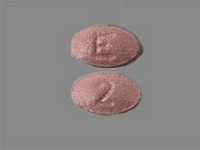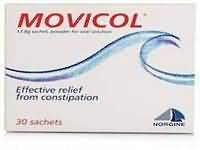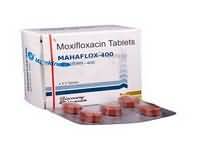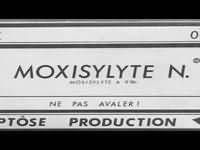Eletriptan

Eletriptan
CLINICAL USE
Acute relief of migraine
DOSE IN NORMAL RENAL FUNCTION
40–80 mg repeated after 2 hours if migraine recurs (do not take 2nd dose for the same attack)Maximum 80 mg in 24 hours
PHARMACOKINETICS
Molecular weight :463.4 (as hydrobromide) %Protein binding :85 %Excreted unchanged in urine : 9 Volume of distribution (L/kg) :2–2.5half-life – normal/ESRD (hrs) :4/Unchanged DOSE IN RENAL IMPAIRMENT
GFR (mL/MIN)
30–50 20 mg; maximum daily dose 40 mg10–30 20 mg; maximum daily dose 40 mg, use with caution <10 : 20 mg; maximum daily dose 40 mg, use with caution DOSE IN PATIENTS UNDERGOING RENAL REPLACEMENT THERAPIES
CAPD :Unknown dialysability. Dose as in GFR <10 mL/min HD :Unknown dialysability. Dose as in GFR <10 mL/minHDF/high flux :Unknown dialysability. Dose as in GFR <10 mL/minCAV/VVHD :Unknown dialysability. Dose as in GFR=10–30 mL/min IMPORTANT DRUG INTERACTIONS
Potentially hazardous interactions with other drugsAntibacterials: concentration increased by clarithromycin and erythromycin – avoid concomitant useAntidepressants: possibly increased serotonergic effects with duloxetine; increased serotonergic effects with St John’s wort – avoid concomitant use Antifungals: concentration increased by itraconazole and ketoconazole – avoid concomitant useAntivirals: concentration increased by indinavir, nelfinavir and ritonavir – avoid concomitant use Ergot alkaloids: increased risk of vasospasm ADMINISTRATION
Reconstition
– Route
Oral Rate of Administration
–Comments
– OTHER INFORMATION
Non-renal clearance accounts for about 90% of the total clearanceManufacturer advises to avoid in severe renal impairment due to enhanced hypertensive effect.
See how to identify renal failure stages according to GFR calculation
See how to diagnose irreversible renal disease
Home









